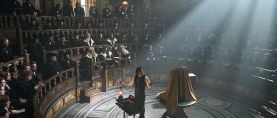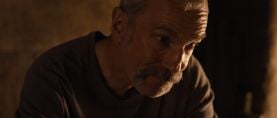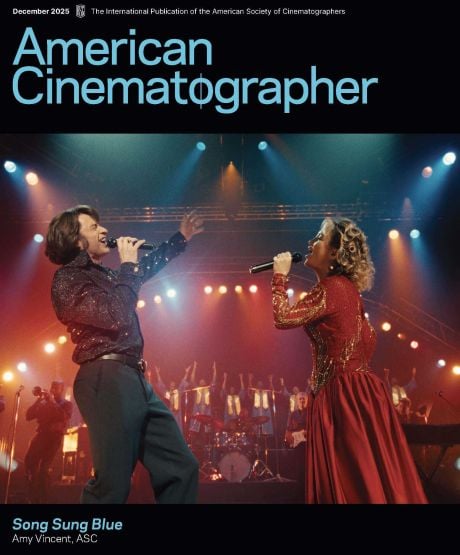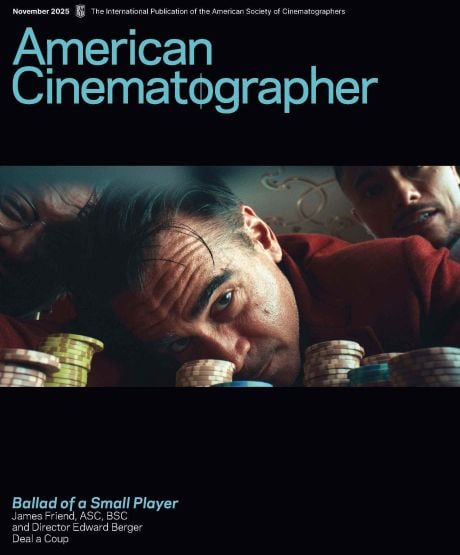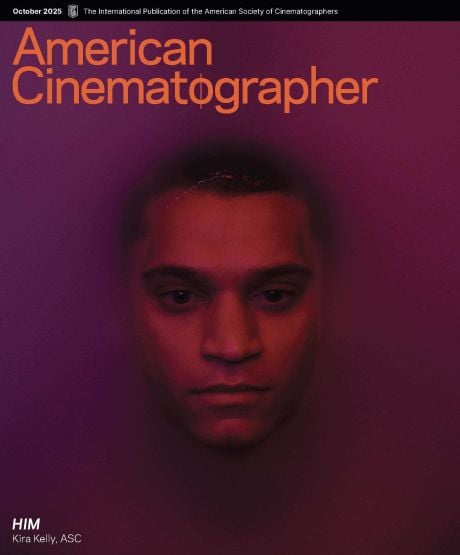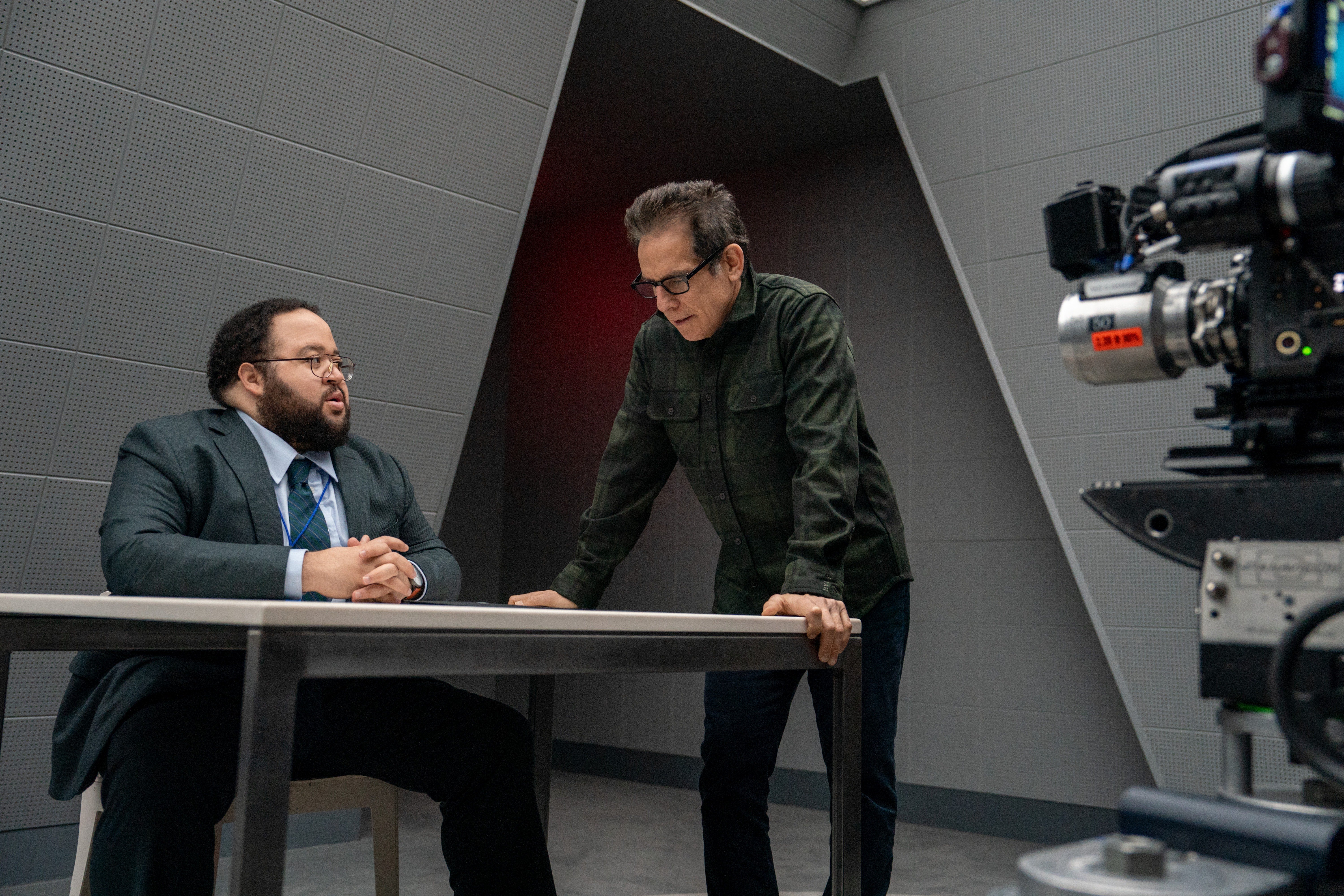
Severance: Ben Stiller Shares Creative and Personal Influences
The director counts iconic films shot by ASC members among his key inspirations.
Editors' note: In-depth coverage of cinematographer Jessica Lee Gagné's work on Severance will appear in American Cinematographer's July 2025 issue. Learn more here about how to subscribe to the industry's leading journal of motion-picture production techniques. Watch our Clubhouse Conversations interview with Gagné here.
Ben Stiller, director and executive producer of Severance, has been guided through production on Seasons 1 and 2 by a philosophy that regards cast and crewmembers' creative instincts as central to crafting the show's visual language. In a recent conversation with AC — as part of the in-depth coverage that will appear in our upcoming July issue — Stiller detailed the highly collaborative nature of his approach, and shared how his rapport with the cinematographers on Severance gave the show its own singular set of visual references and inspirations.
Visual Influences
Visual planning for Severance began with cinematographer Jessica Lee Gagné. “We had a great experience working together before on Escape at Dannemora,” Stiller says. “Then, I read Severance, and we were developing it. I brought it to her and we started talking about it, and right from the beginning, we were thinking about what the show could look like.”

He recalls referencing visual inspirations early in the process. “When you have an idea for something, it hits you from a visceral place, coming from movies you’ve watched over the years and might not even consciously think about. We looked at photography and different movies, picturing a 1970s futuristic-thriller vibe.”
Early opinions about the shooting format also shaped the look of the show. “I wanted to shoot on film, and Jessica was like, ‘No, this has to be digital.’ And I said, 'Okay, but it should look like it’s on film.' We watched The Parallax View together, and almost every frame of that movie is incredible. So, we wanted everything to have a texture that feels like that era."
For more on the look of The Parallax View, watch the interview with cinematographer Gordon Willis, ASC, recorded by the Society in 2004, below.
Stiller takes care to avoid any traditional approaches to shooting episodic series. “For everything I’ve done for television and streaming, I’m pretending it’s a movie, in terms of its aspect ratio and visual style,” he says. “You need more time to shoot that way. We were also block shooting on Severance, so it averaged out to 18 days per episode. We were able to give the show a lot of scope and maximize our locations with good prep.”

New Crew
Season 2 introduced new collaborators, including cinematographers Suzie Lavelle, BSC, ISC and David Lanzenberg, ASC. Stiller observes, “I’ve never worked with different DPs on the same project before, as a director or a producer. When you bring someone new onto a project with an established look, you want it to be cohesive. But you also really want these creative people to bring their own inspiration to what you're doing, whether they’re cinematographers or directors.”
“Ultimately, you want people to come in and do the things only they can do,” Stiller adds. “We were fortunate with David and Suzie. They’re both really talented and shot amazing stuff. It was inspired by what they knew the show was already, and what they brought to it. That’s why it’s so important to meet with people early and make sure you’re on the same wavelength before you work together.”

Personal Influences
Stiller credits his past experiences as an actor for shaping his work on Severance. “Whenever you’ve been doing something for a long time, it informs your collective memory,” he says. “When I was 20 years old, I was lucky enough to be directed by Steven Spielberg in Empire of the Sun. It was like attending film school for 10 weeks, watching how he worked with Allen Daviau, ASC, and how they debated over wanting more time and other aspects. As an actor working with so many directors over the years, you can take great ideas from all your collaborators.”
Watch: Allen Daviau, ASC Shares Stories From the Set of Empire of the Sun
“For example, Noah Baumbach never calls action, he just lets it roll,” Stiller adds. “Directing is all very improvisatory and reactionary anyway. You have to see what the actors and the scene are doing, and then you respond to that. You’re the first audience, so it’s like, ‘What’s missing to make me believe this scene?’ You want to know what you can and can’t say to help shape the scene without making the actor self-conscious.”
The Actors Perform
When it comes to performance, Stiller puts faith in casting first. “I’m not trying to be facetious or anything, but get good actors,” he says with a laugh. “At the end of the day, it’s all about the actors.”
As production evolves, so do the actors’ interpretations of their characters. “By the time you’re a few years into shooting a show like Severance, the actors have more of an understanding of their characters than the writers or directors, because they’re thinking about it from their point of view,” Stiller observes.

Accordingly, Stiller adjusts his directing style based on the needs of each performer. “They come, you have a conversation, and every actor’s different,” he explains. “With John Turturro and Chris Walken, I started talking more as we went along. But at the beginning, I just said, ‘Let these guys do their thing.’ Be an audience, put the camera where you think it should be, and if you have a feeling about something, you can give some feedback.”
He describes a different rhythm with Adam Scott. “Adam’s just such an amazingly specific actor that he can respond to a direction that maybe I wouldn’t venture to give to Chris Walken,” Stiller says. “Because I can sense that that’s not necessarily what he’ll need or respond to.”
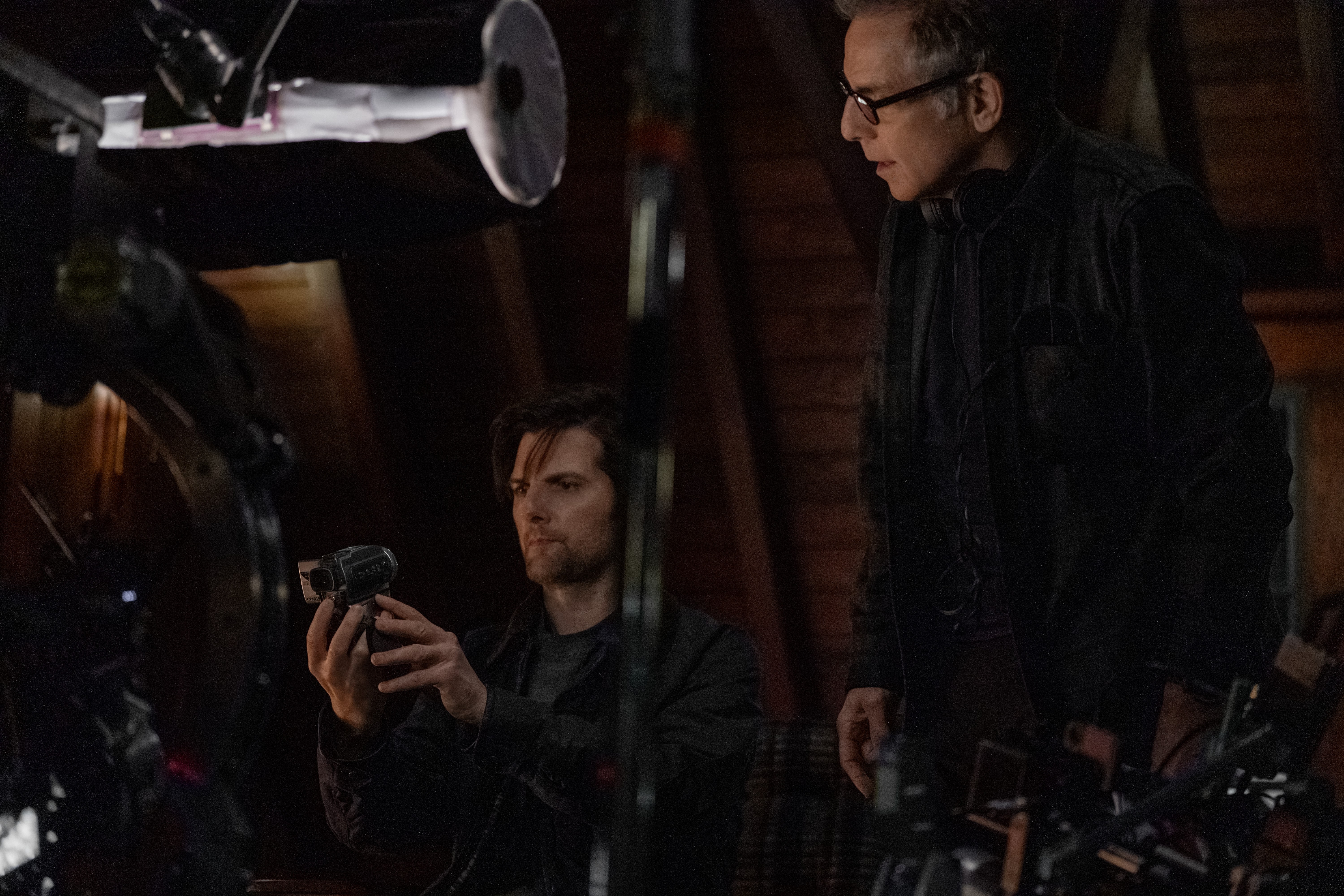
Ultimately, Stiller finds that the most potent moments in Severance often belong entirely to the actors’ performances. “What I love about these shots is that sometimes it’s about the shot and sometimes it’s just about the actor.”
Light at the End of the Hallway
With Season 2 a success and a third season greenlit by Apple, Stiller is delighted to see his team’s efforts paying off. “The show has taken over our lives because it's been five years making Severance,” he notes. “The exciting thing is that, three years after the first season, the second season has become something a lot of people are watching.”
“You're in the foxhole with a project like this and you're committed to it no matter what,” Stiller adds. “We were happy with what we were doing along the way, but I remember after we’d finished the first season, before it came out, thinking, ‘Oh my God, I really hope people watch this.’”
All images courtesy of Apple.
